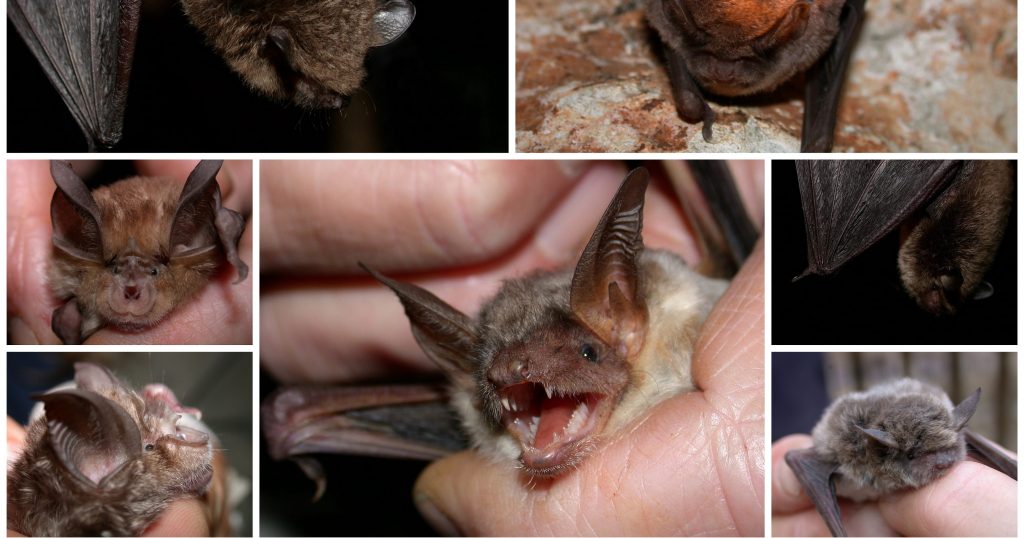All bat species known to mankind can be categorized as either Microchiroptera or Megachiroptera, also known as microbats and megabats. There are literally thousands of species of bat in both categories, all of which are found in virtually all regions of the world. Continue reading to learn the primary differences between the two suborders of bats, and some notable examples of each.

Louisville Bat Control 502-553-7622
Microchiroptera
Microchiroptera are the smaller species of bats. They are mostly insectivores, and primarily eat a diet of insects, namely mosquitoes, flies, gnats, and moths. However, certain species also hunt and prey on small mammals and even blood. The most distinctive and well known attributes that set Microchiroptera bats apart from Megabats is their use of echolocation. Echolocation is a type of internal sonar system bats use to hunt for food and navigate around during flight. They emit a series of high-pitched beeps and clicks that bounce off of objects and return to the bat, disclosing the distance and location of the objects ahead. Many people incorrectly presume that Microchiroptera bats are blind, but they just have small eyes.
Popular Microbat Species Include:
➢ Little Brown Bat
➢ Indiana Bat
➢ Mexican Free-Tailed Bat
➢ Bumblebee Bat
➢ Kitti’s Hog-Nosed Bat
➢ Sac-Winged Bat
➢ Common Vampire Bat
➢ Collared Pipistrelle
➢ Horn-Skinned Bat
➢ Vesper Bats
➢ Funnel-Eared Bats
➢ Sucker-Footed Bats
➢ Disk-Winged Bats
Megachiroptera
Megachiroptera suborders of bats are not insectivores like Microchiroptera bats. Instead, their diet consists of only fruit, pollen, and nectar, which is why they are often referred to as fruit bats. They also do not use echolocation like their relatives. The Egyptian fruit bat is the only known megabat species that uses a series of clicks to navigate caves. Instead, Megachiroptera bats have large eyes and a well-pronounced visual cortex, so they see quite well. They also have an excellent sense of smell. One of their most distinctive features is their claw at the second toe of the forelimb. Microbats lack this trait.
Popular Megabat Species Include:
➢ Broad-Striped Tube-Nosed Fruit Bat
➣ Common Tube-Nosed Fruit Bat
➣ Pallas’s Tube-Nosed Fruit Bat
➣ Dark Tube-Nosed Fruit Bat
➣ Mountain Tube-Nosed Fruit Bat
➣ Round-Eared Tube-Nosed Fruit Bat
➣ Dragon Tube-Nosed Fruit Bat
➣ Keast’s Tube-Nosed Fruit Bat
➣ Island Tube-Nosed Fruit Bat
➣ Malaita Tube-Nosed Fruit Bat
➣ Demonic Tube-Nosed Fruit Bat
➣ Lesser Tube-Nosed Fruit Bat
Louisville Bat Removal and Control

Louisville Bat Removal 502-553-7622
